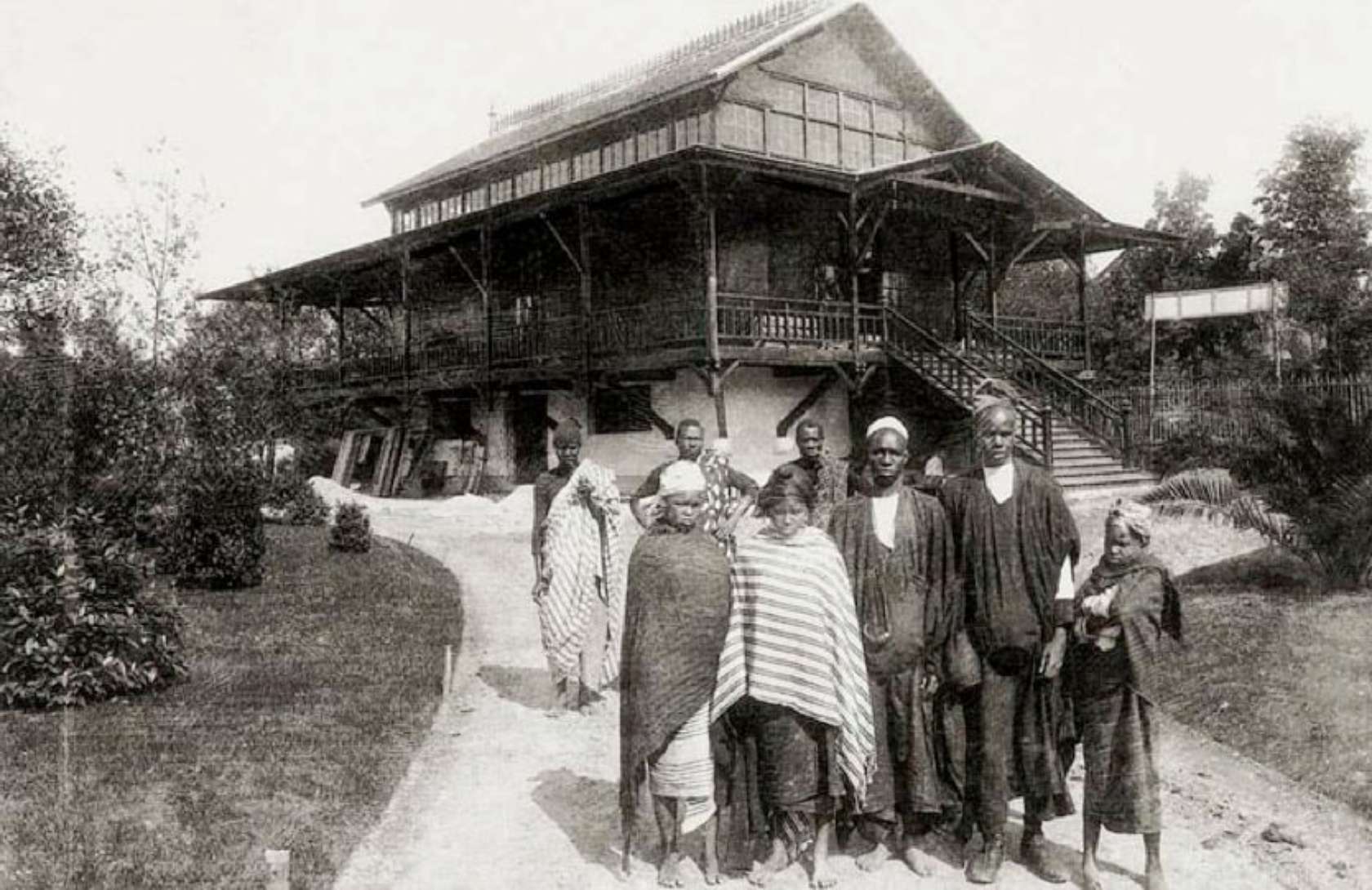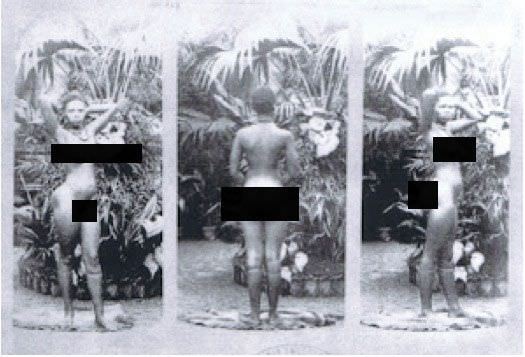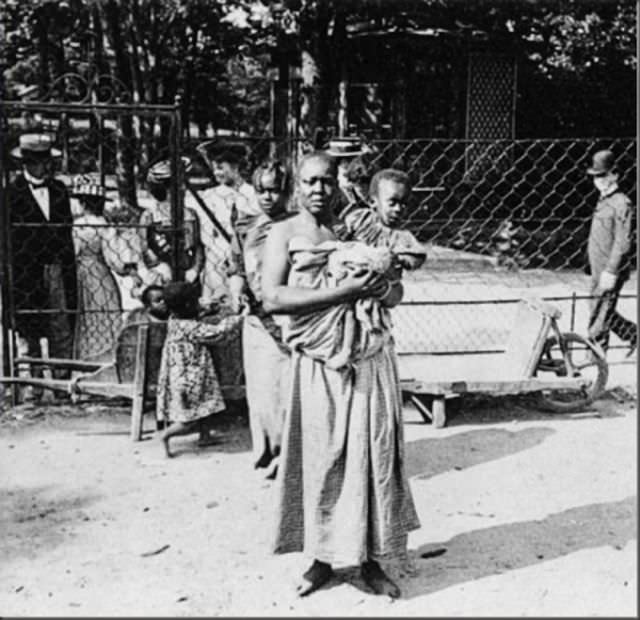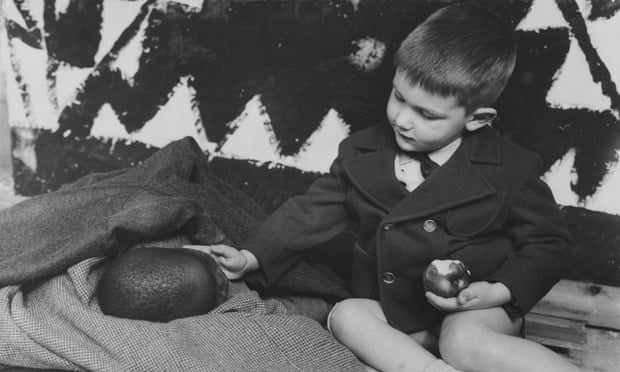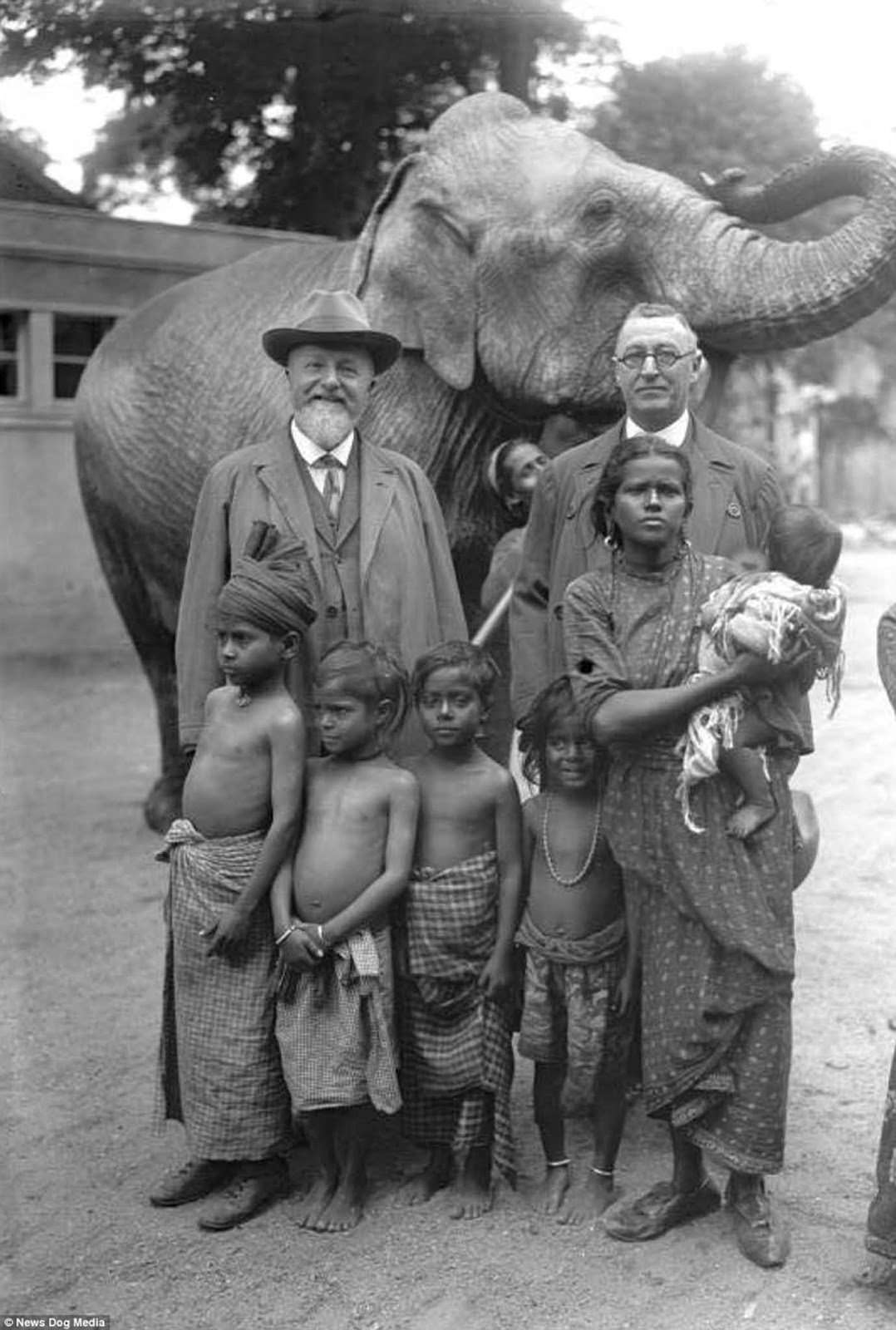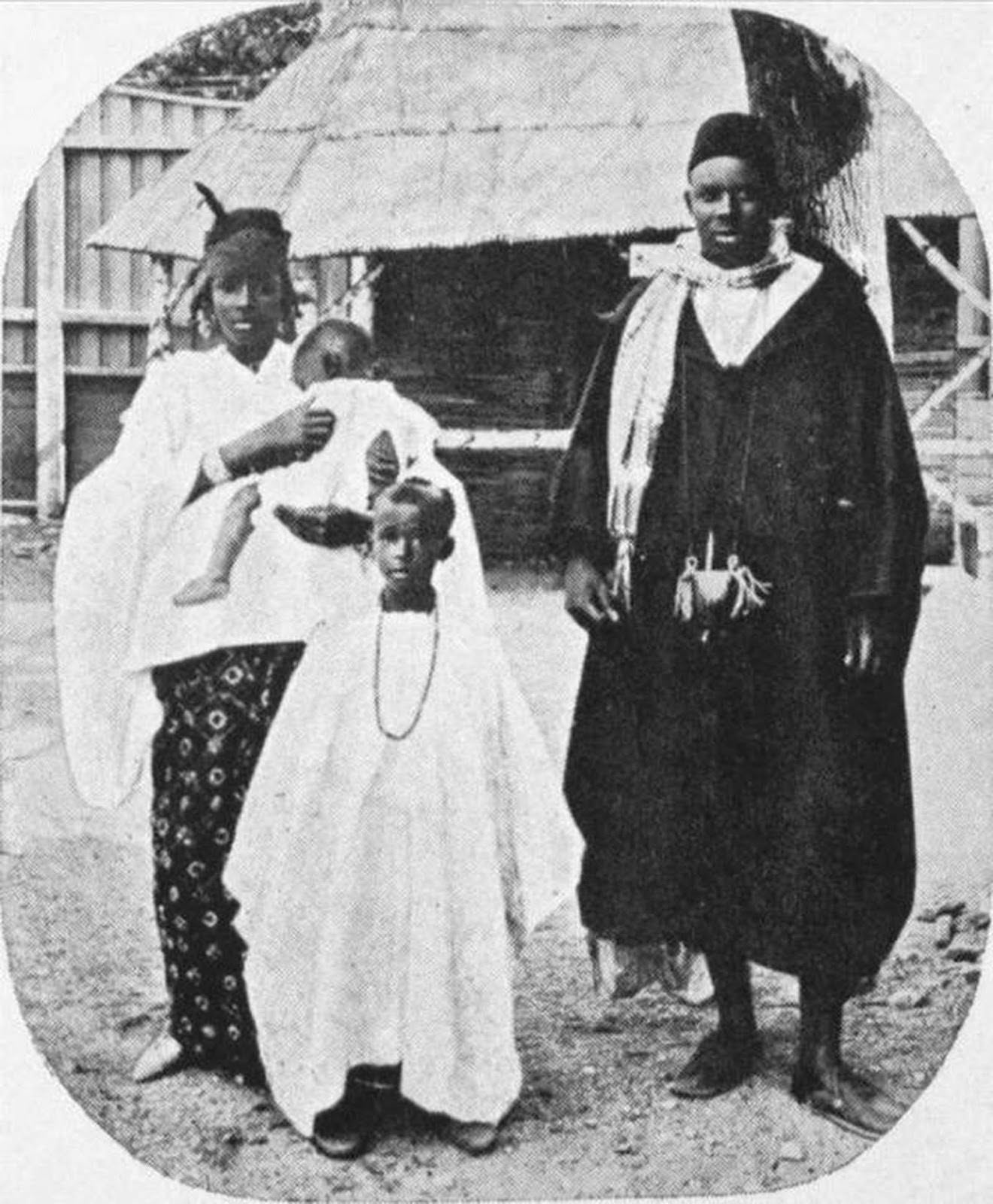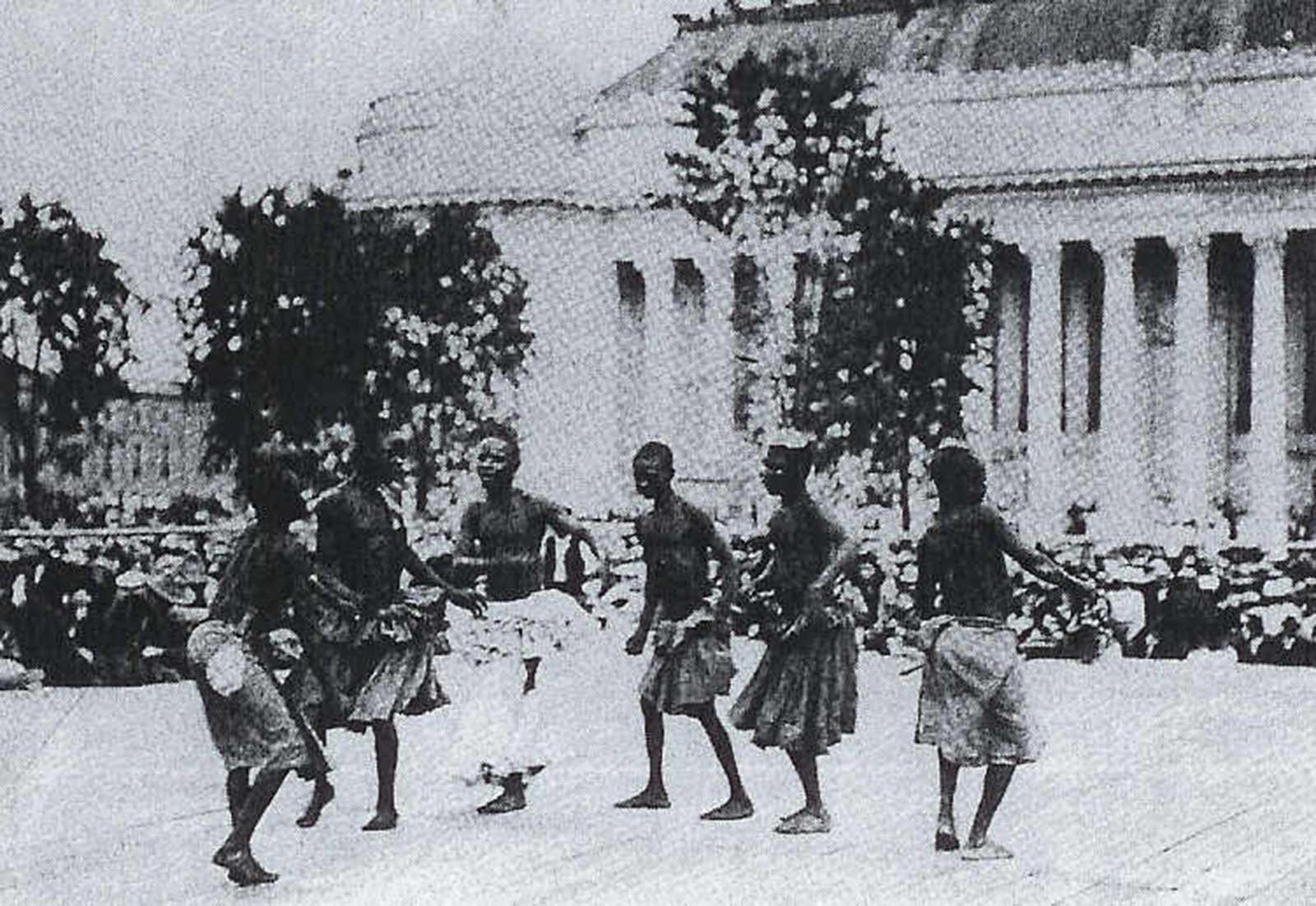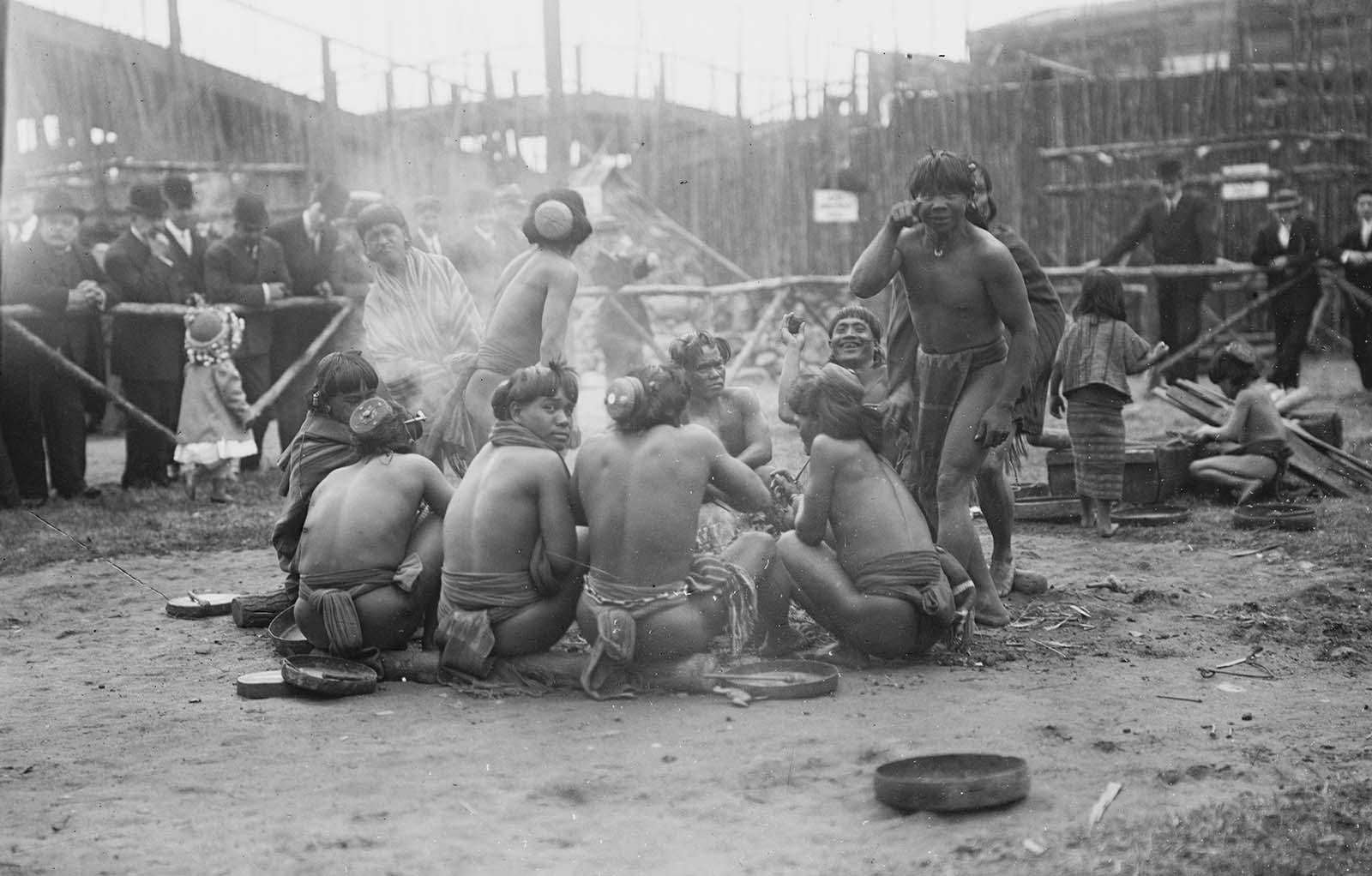The zoo is where we go to see the wild animals and birds that we don’t encounter in our everyday lives. However, zoos have not always seen animals. Some zoos kept humans too. These so-called “human zoos” around the globe kept primitive or indigenous natives incarcerated with animals in harsh conditions to satisfy the rich people. Thousands of indigenous individuals, including women and children from Asia and Africa, and other parts of the world, were brought to humans’ zoos both legally and illegally to entertain the desperate westerns to see the primitive people described by explorers and historians. These indigenous people lived in harsh conditions; they were allowed to wore only traditional clothes in winter and summer. They were instructed to perform humiliating acts such as; a seasonal dog-eating ritual, barking with dogs, showing off “primitive” skills, fight and many more. These people live incarcerated or with no bars; however, they didn’t escape, especially those brought from distant continents, because they had nowhere else to go. These human zoos could be found in Paris, Hamburg, Antwerp, Barcelona, London, Milan, New York City, and several other places. Please have a look at show how cruelly they were treated to attract tourists. Some of these shocking photographs were taken as recently as 1958.








